MARTINIQUE
The Unspoiled Jewel of the Caribbean
Welcome to Dominica, a verdant gem nestled in the heart of the Caribbean. It’s a place where the rhythm of nature syncs with the heartbeat of its people, creating an island symphony of unforgettable experiences.
Not to be mistaken for the Dominican Republic, this island nestled between Guadeloupe and Martinique is a sanctuary for those seeking to immerse themselves in unbridled natural beauty and rich cultural heritage. Often referred to as the “Nature Island,” Dominica offers a unique array of immersive outdoor experiences set against a backdrop of lush landscapes and pristine waters.
Dominica, pronounced Dom-in-EEK-a, lies in the Eastern Caribbean. It’s an island where nature reigns supreme, encapsulating the heart and soul of the Caribbean’s raw, untouched beauty. The capital, Roseau, embodies the island’s spirit, a gateway to the myriad of natural wonders and the vibrant pulse of its people and culture.
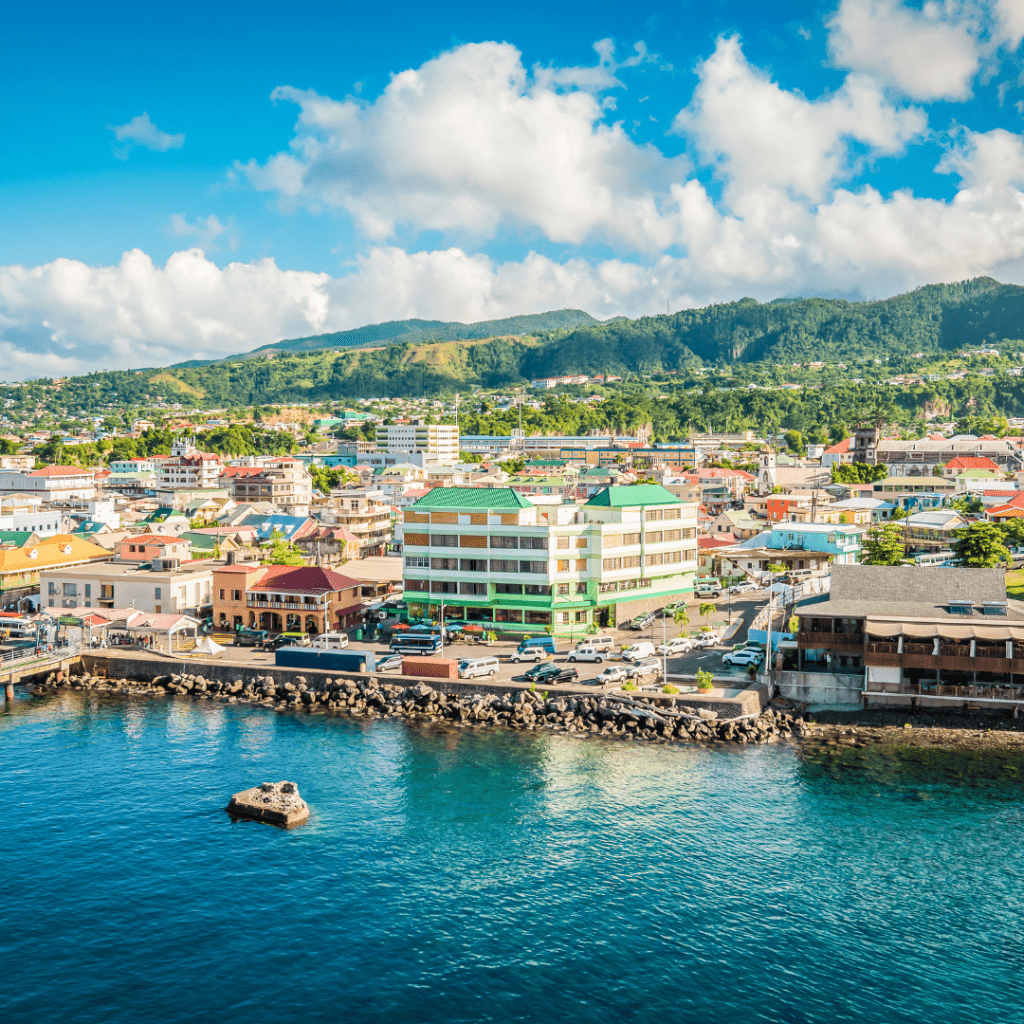
A Geographic Snapshot
- Size: 293 square miles; 29 miles long and 16 miles wide.
- Capital: Roseau on the west side of the island.
- High Point: Morne Diablotins at 1,447 meters (4,747 feet).
- Population: About 76,000 (2022).
- Vegetation: Known for its lush and varied plant life, supported by up to 300 inches of annual rainfall.
- Water Bodies: Home to 365 rivers and an abundance of unique species, with over 1,000 types of flowering plants.
- Geology: Contains nine active volcanoes, influencing the island’s geothermal features like Boiling Lake, with water temperatures exceeding 200 degrees Fahrenheit (the second-largest hot spring in the world ).
- Natural Wonders: Hosts the Morne Trois Pitons National Park, a UNESCO World Heritage Site and steaming fumaroles
- Agriculture: Fertile volcanic soil and mineral-rich waters enhance sustainable farming and local cuisine.
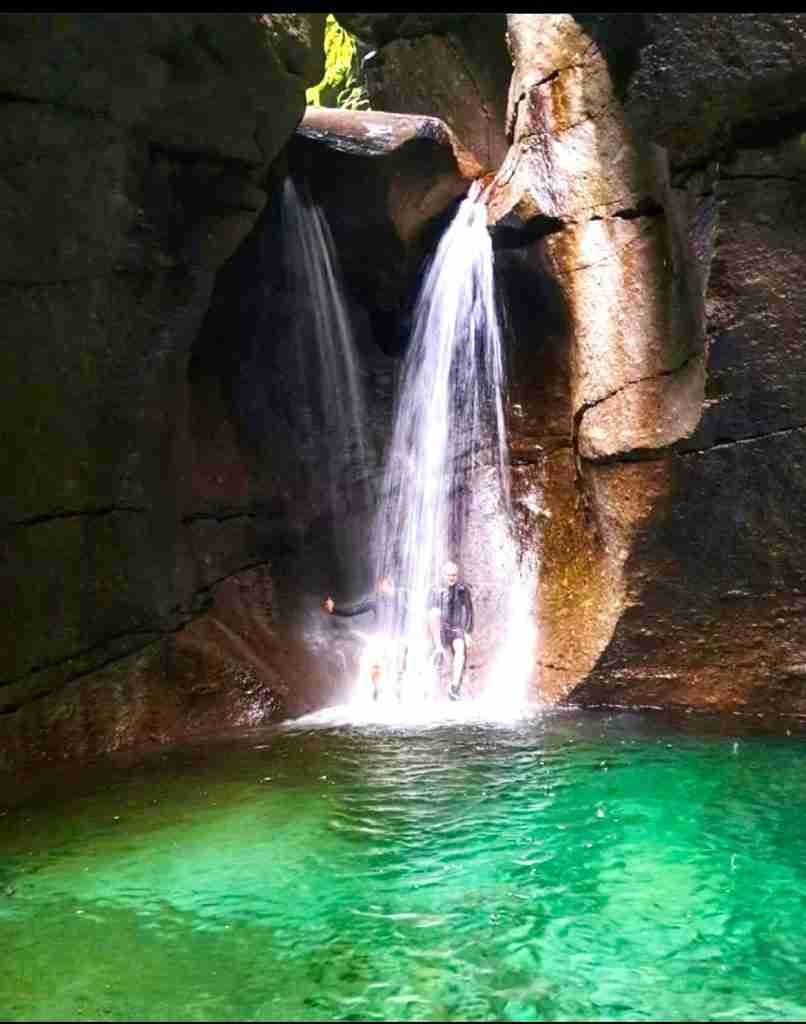
Cultural Tapestry
Dominica is a melting pot of cultures, with a population that respects and reveres its ancestral roots, including those of the Kalinago – the island’s indigenous people.
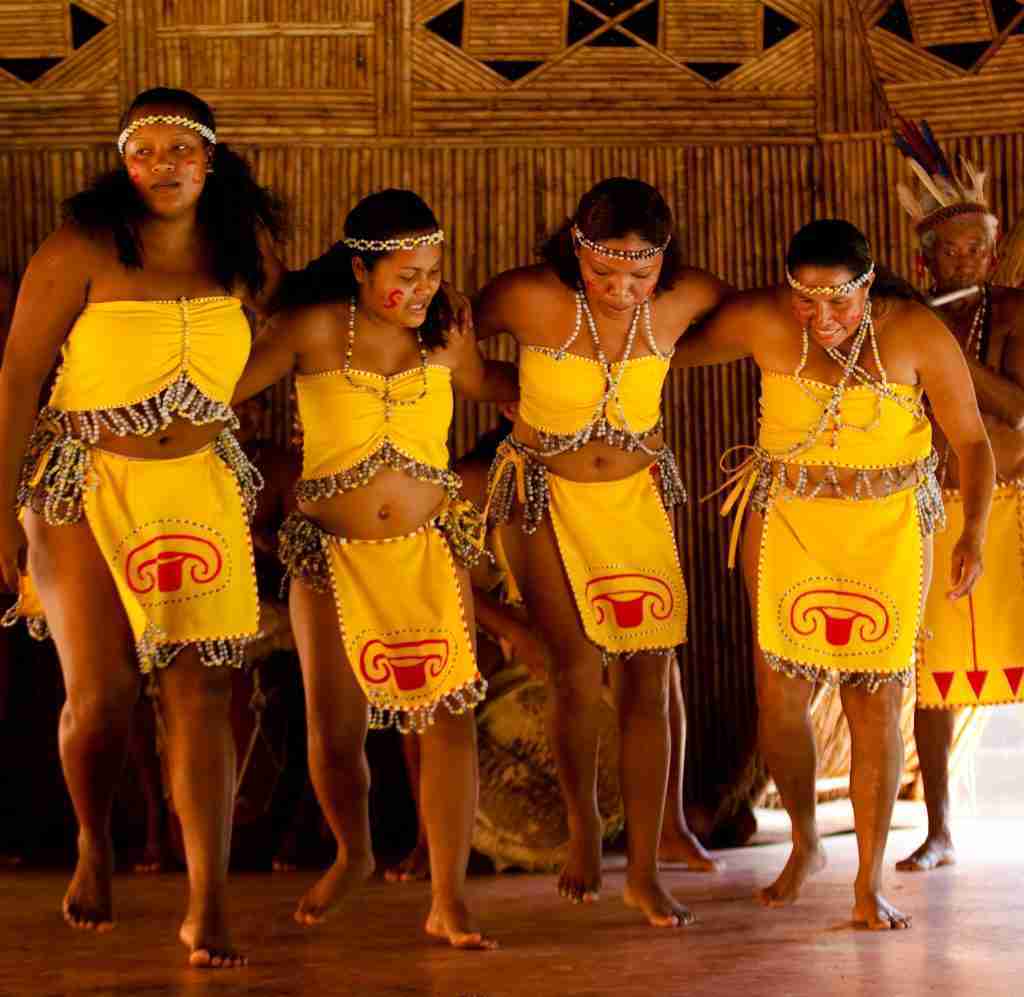
The Kalinago, originally known as the Caribs, are believed to have originally come from South America and represent the last remaining tribe of the pre-Columbian Carib Indians going back to about 3000 B.C.
After the arrival of Christopher Columbus and European settlers, the Kalinago fled to the isolated eastern side of Dominica, taking with them rites, rituals, and a way of living reaching back to the island’s original settlers.
The British gained full control of the island in 1763, with the Kalinago being given 232 acres of land.
Their territory was expanded to 3,700 acres in 1903 and the island won its independence in 1978.
Their rich language and deep connection to nature can be heard in their name for their island, “Waitukubuli,” meaning “tall is her body.”
This territory is unique in the Caribbean.
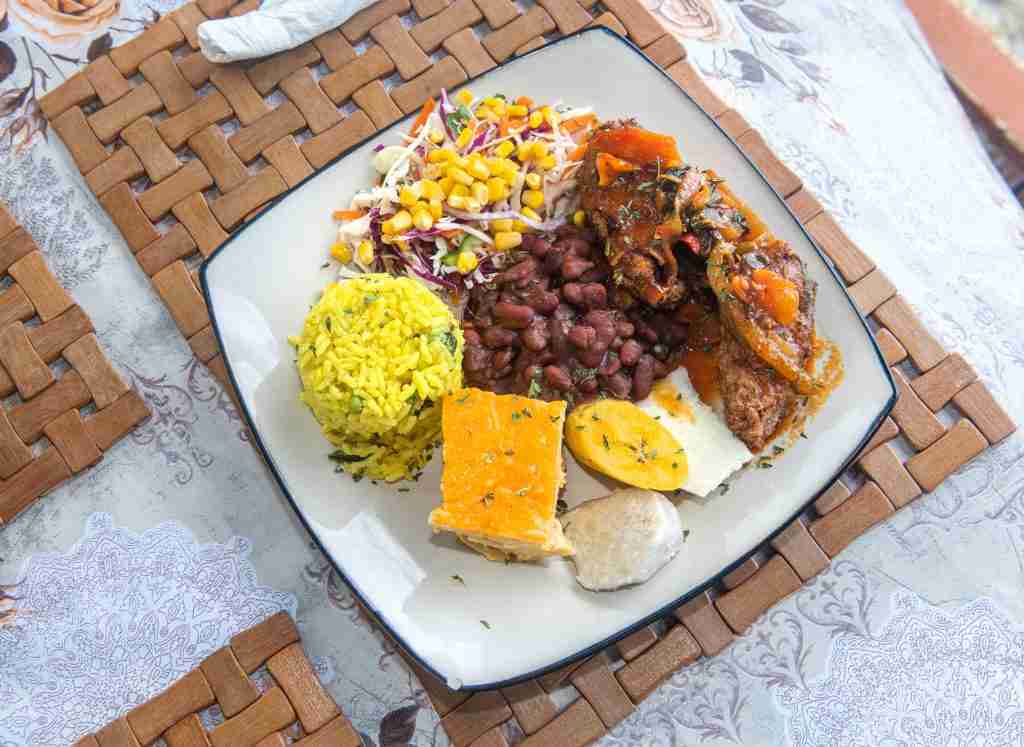
While the unique Mountain Chicken has become a rarer delicacy, the beloved Green Fig and Saltfish remains a staple, reflecting the island’s diverse flavors. Ingredients like fresh fruits, vegetables, and seafood are central to Dominican.
Dominica’s Cuisine Highlight
Delve into the heart of Dominica’s culinary landscape, where the flavors tells the story of the island’s heritage and natural bounty.
At the forefront is Callaloo, a beloved traditional dish that exemplifies the fusion of indigenous and Creole influences. Crafted from the lush, green leaves of the dasheen plant, simmered in creamy coconut milk, and seasoned with local herbs and spices. This stew, often featuring crab, chicken, or salted meat, embodies the community’s connection to the land and sea.
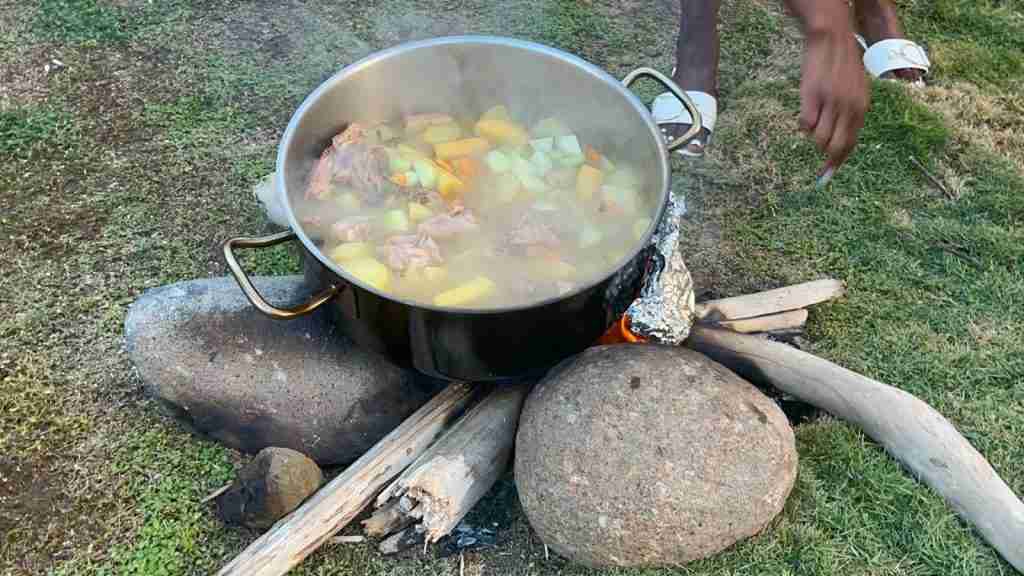
Rhythms of Dominica
Dominica’s rich culture comes from its mix of English, French, African and Carib peoples, which is evident in their music, dance, language, and hospitality.
From the colorful Carnival, known locally as Mas Domnik pulsating with the rhythm of Creole music and traditional ‘bouyon‘ beats, to the World Creole Music Festival, each event is a window into the soul of Dominica.
The island hosts major annual events throughout the year and include:
- Carnival (February/March)
- Hike Fest (May)
- Jazz ‘n Creole Fest (May)
- Dive Fest (July)
- World Creole Music Festival (October)
- Independence Day (November)
The island’s festivals combine music, dance, and traditional costumes to create an unforgettable experience.
Dominica’s Creative Heart
Explore the essence of Dominica through its Crafts and Creations, where tradition meets creativity. Witness the skillful artistry in basket weaving, vibrant textiles and unique woodwork, all telling the island’s story.
Local markets and workshops showcase the craftsmanship, offering insights into the cultural heritage and natural inspirations.
Witness this modern interpretation of tradition with designers like Vee’Couture, who infuses local culture into her stunning creations.
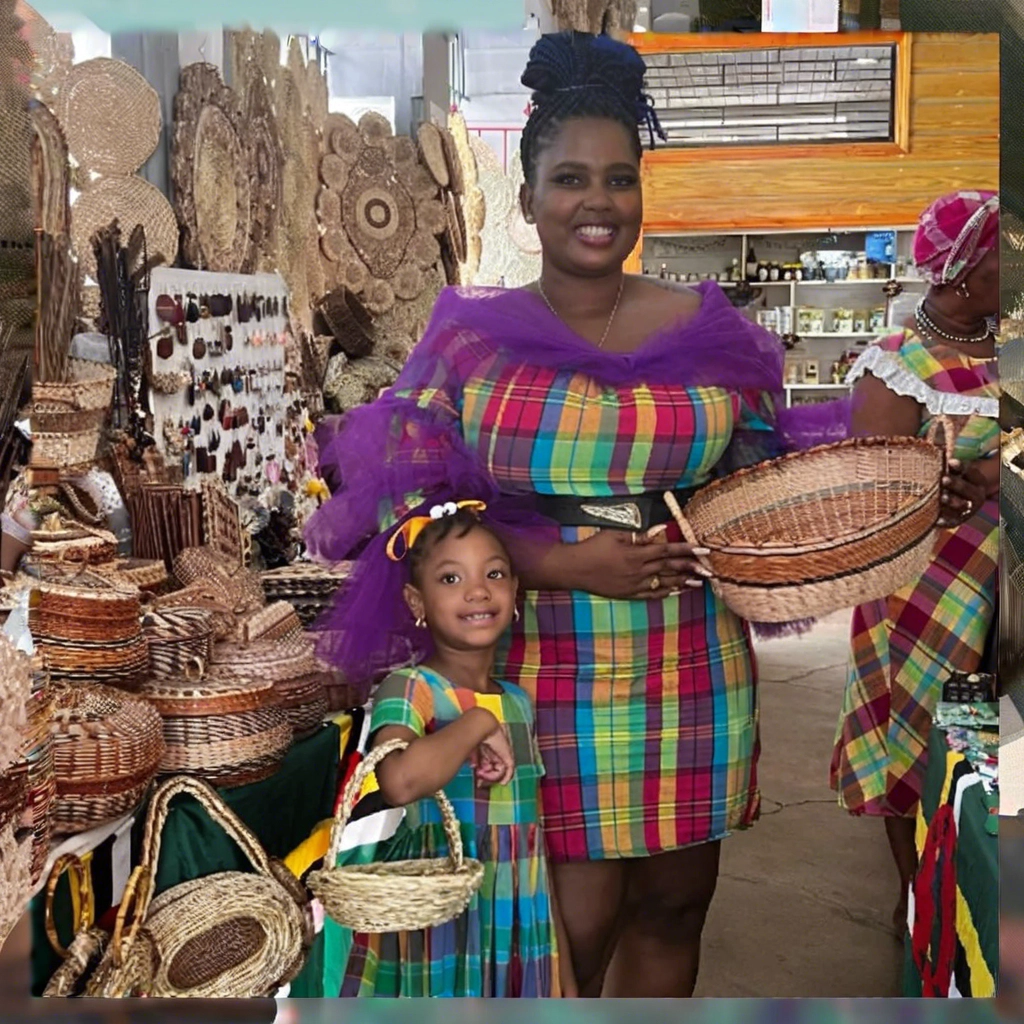

A Spirit Forged by Resilience
Dominicans are a people of strength and resilience, their spirit tested and honed by Mother Nature herself. Their warm hospitality and innate fortitude create an enduring impression on all who visit.
Here, life intertwines with the environment, honoring traditions and embracing sustainability. From farming to crafting, every practice reflects a commitment to preserving the island’s cultural and natural heritage.
What Makes Dominica So Unique
- Capital City: The capital of Dominica is Roseau, which is home to nearly a third of the population.
- Biodiversity: Dominica is home to more than 1,000 species of flowering plants, including 74 species of orchids.
- Forests: About 60% of Dominica is covered in forest, including the UNESCO-listed Morne Trois Pitons National Park.
- Hot Springs: Dominica is well-known for its geothermal activity and the Boiling Lake.
- Official Language: English is the official language of Dominica, though a French-based Creole (known as Kwéyòl) is widely spoken.
- Volcanoes: The island has nine active volcanoes, the most of any country in the world relative to its land area.
- Dominica is one of the few places in the world where visitors can swim in a freshwater lake that is fed by a hot spring.
- The island has more rivers per square mile than any other country in the world, with 365 rivers in total.
- Birds: Dominica is home to more than 175 bird species, including its national bird, the endangered Sisserou parrot, which cannot be found anywhere else in the world.
- Kalinago Territory: The island still maintains a Kalinago Territory, home to the descendants of the original inhabitants of the Caribbean islands.
Dominica Art Galleries Studios and Centers
Museums and Heritage
Places To Visit
“MAPIE”
Richès Karayib introduces you to Mapie, whose real name is Marie-Pierre Loiseau, she was born on March 3rd 1982 in Martinique.
She is a senior executive in an public administration and at the same time she is an author and artist which give her the pleasure of sharing her poetry on the SLAM stages of Martinique and on the world scene since 2009.
Mapie introduces us to her very first book:
“Au bout du petit matin… l’Émotion!” (At the end of the morning… The Emotion!)
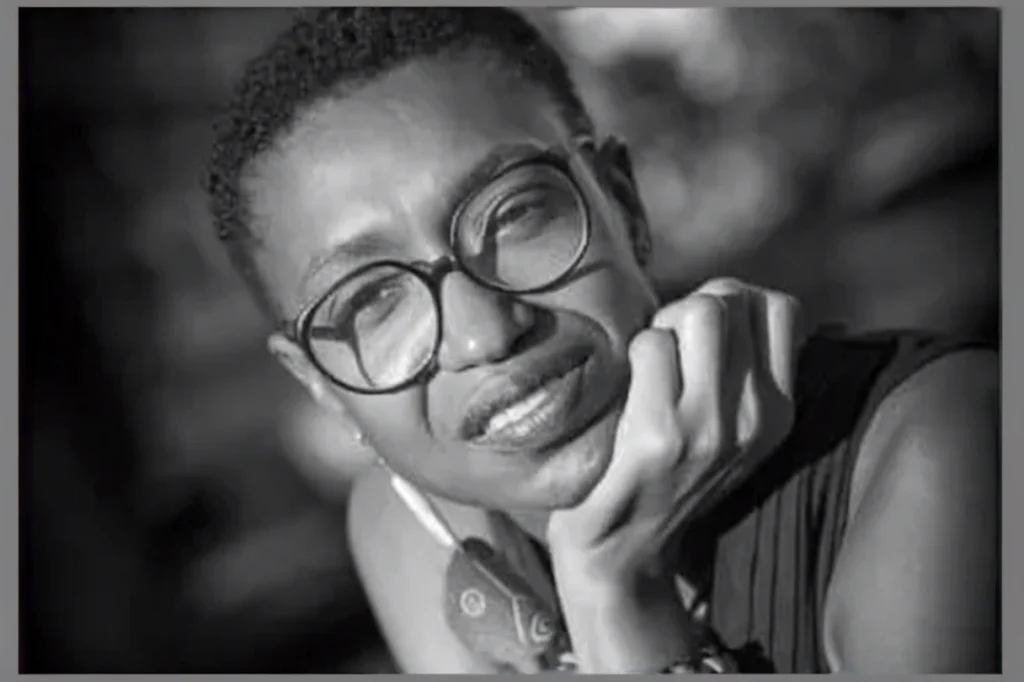
The summary
Thus, these are words of Love tranversing all the states of her heart during her life and those of others who have become hers by the magic of poetry:
Happy or unhappy love words,
Militant words shouting at the world’s lack of love,
Words of intimate moments,
Reverberating words by beloved artists,
Words of humanity from one heart on the way to meet another,
Words of hope for better tomorrows…

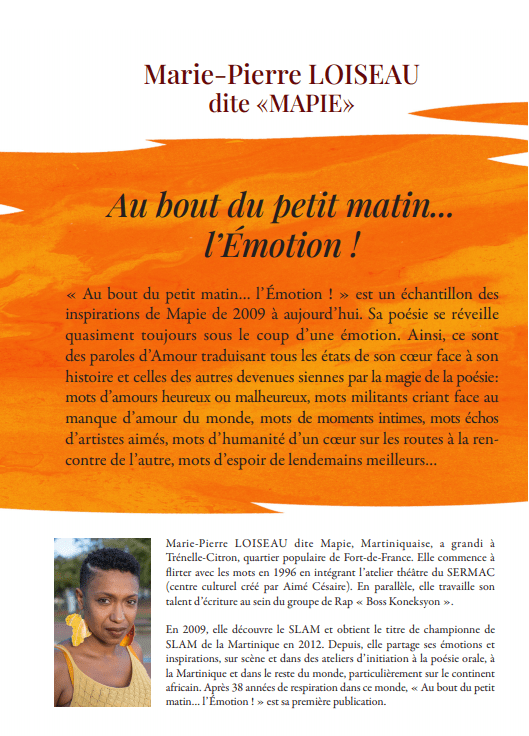
I wrote this book in response to my audience request who regularly expressed the desire to reread my words at the end of my performances.
I have the utopia of believing that poetry can contribute to the construction of better tomorrows and my life experiences encourage me to cultivate this idea.
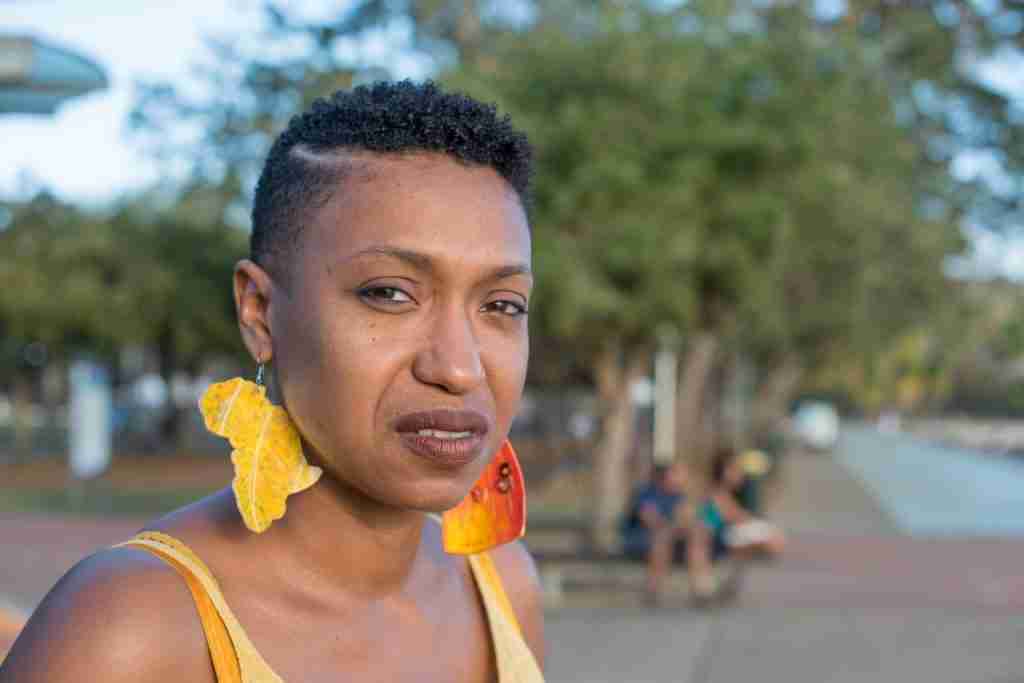
D’ici Danse! (From here Dance !)
Text from the poem collection “Au bout du petit matin… l’Émotion!”
Mapie/Boogie Flaha – poetic videoclip
In tribute to Bernadin LOISEAU, dissident left without recognition to live up to his commitment…
D’ici Danse! (From here Dance !)
Text from the poem collection “Au bout du petit matin… l’Émotion!”
Mapie/Boogie Flaha – poetic videoclip
In tribute to Bernadin LOISEAU, dissident left without recognition to live up to his commitment…
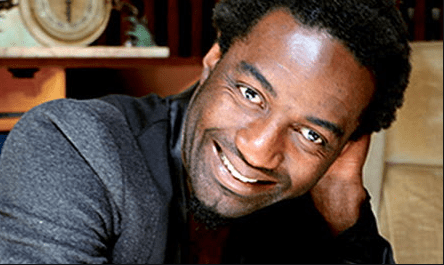
MARC ALEXANDRE OHO BAMBÉ
CAMEROON
His poetry is powerful, code-free and inspiring.
Its intoxicating rhythm carries messages that echo my hopes for a better tomorrow.
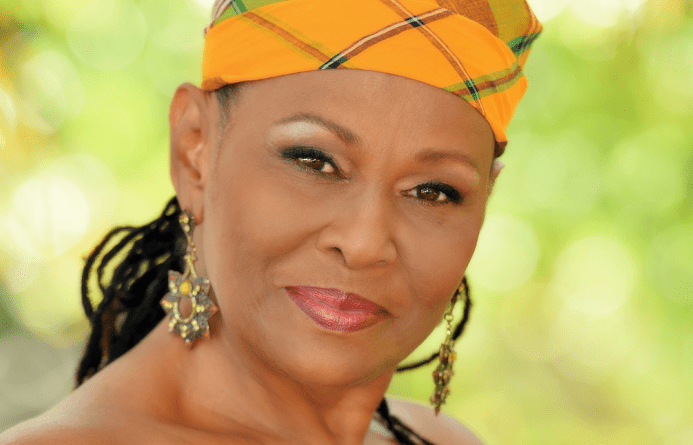
IMANIYÉ DALILA DANIEL
MARTINIQUE
Her way of highlighting our past to question our present is puzzling, inspiring and seductive.
The beauty of his pen sublimates the gait.
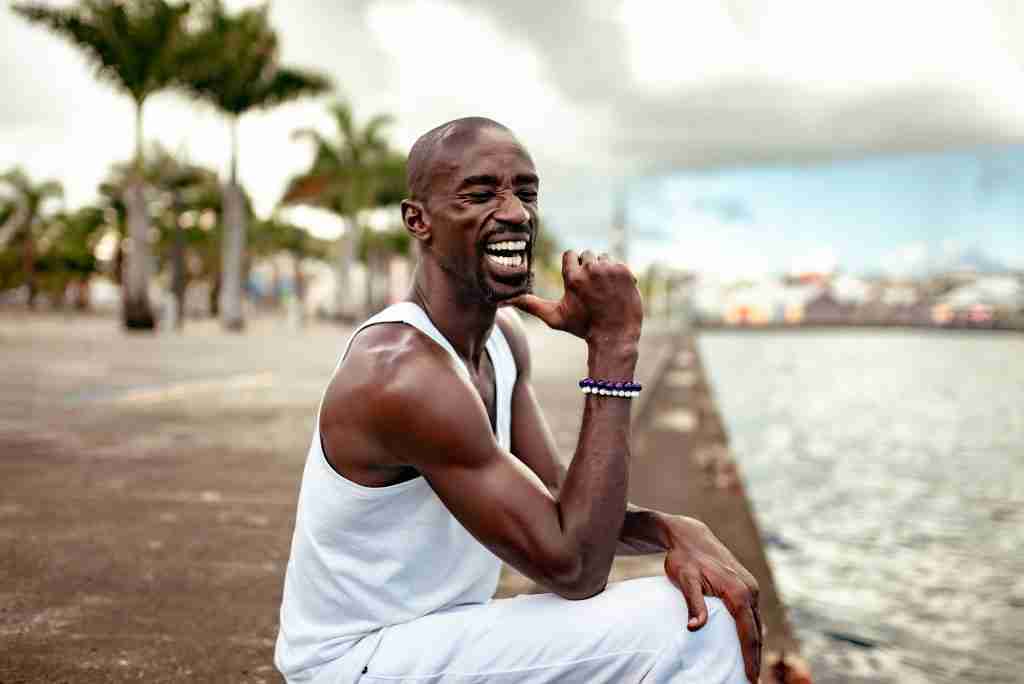
STEEVE GADET
MARTINIQUE & GUADELOUPE
The audacity of his writing is seductive.
He dares to address painful and/or taboo themes.
It invites us to reflect on ourselves with a fluid writing, without unnecessary details and yet sometimes so poetic .
My Little Anecdote
Visiting an exhibition of painters, I was overcome with great emotion in front of the paintings of one of the artists.
I didn’t know her: MILOU.
Motionless, tears in my eyes in front of her works, she came to me and said:
“Hello Mapie.”
I was surprised to know that she knew me.
I then told her about the effect of her paintings on me.
She said:
“It’s normal, all these paintings have been painted since I came to the slam scenes.
You are the source of inspiration.
These are your words that you see there… ».
We then cried in each other’s arms and I left with one of her paintings.
A beautiful meeting…
Escapade (Getaway)
Text from the poem collection “Au bout du petit matin… l’Émotion!”
Mapie/Wouves – poetic videoclip
I have a dream…
I had that experience in Côte d’Ivoire during a festival of the arts of speech…
Maybe at home?

And finally….
“Our children will be poetry
Poetry today for tomorrow’s children says yes to life
Our children will be tales
Yesterday’s legend and today’s story
They will be prophecy for the lives to come.”

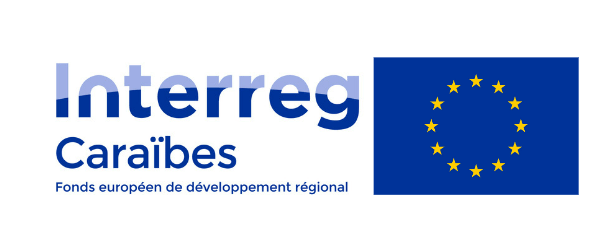


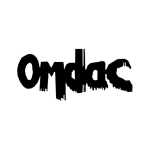


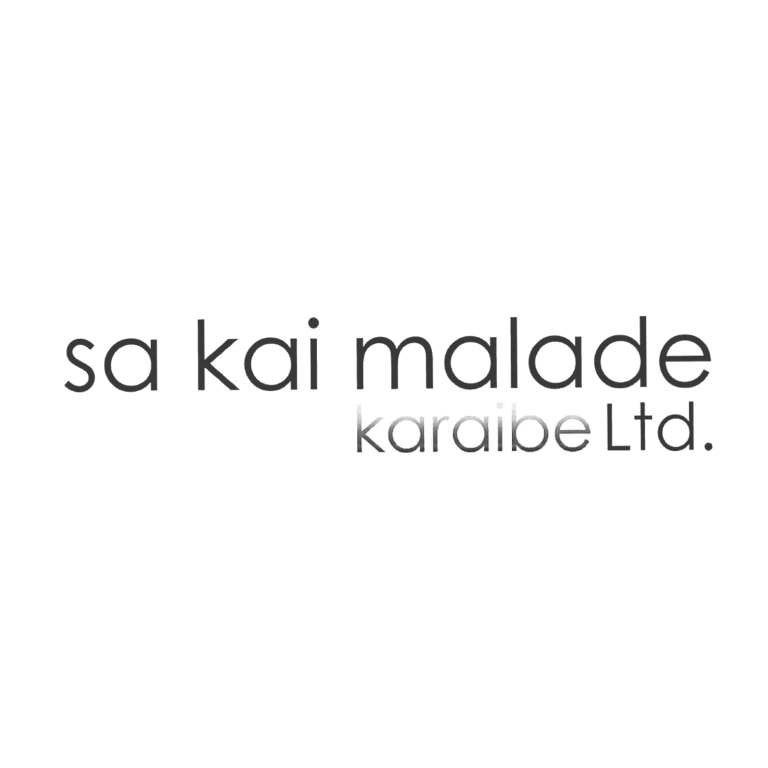


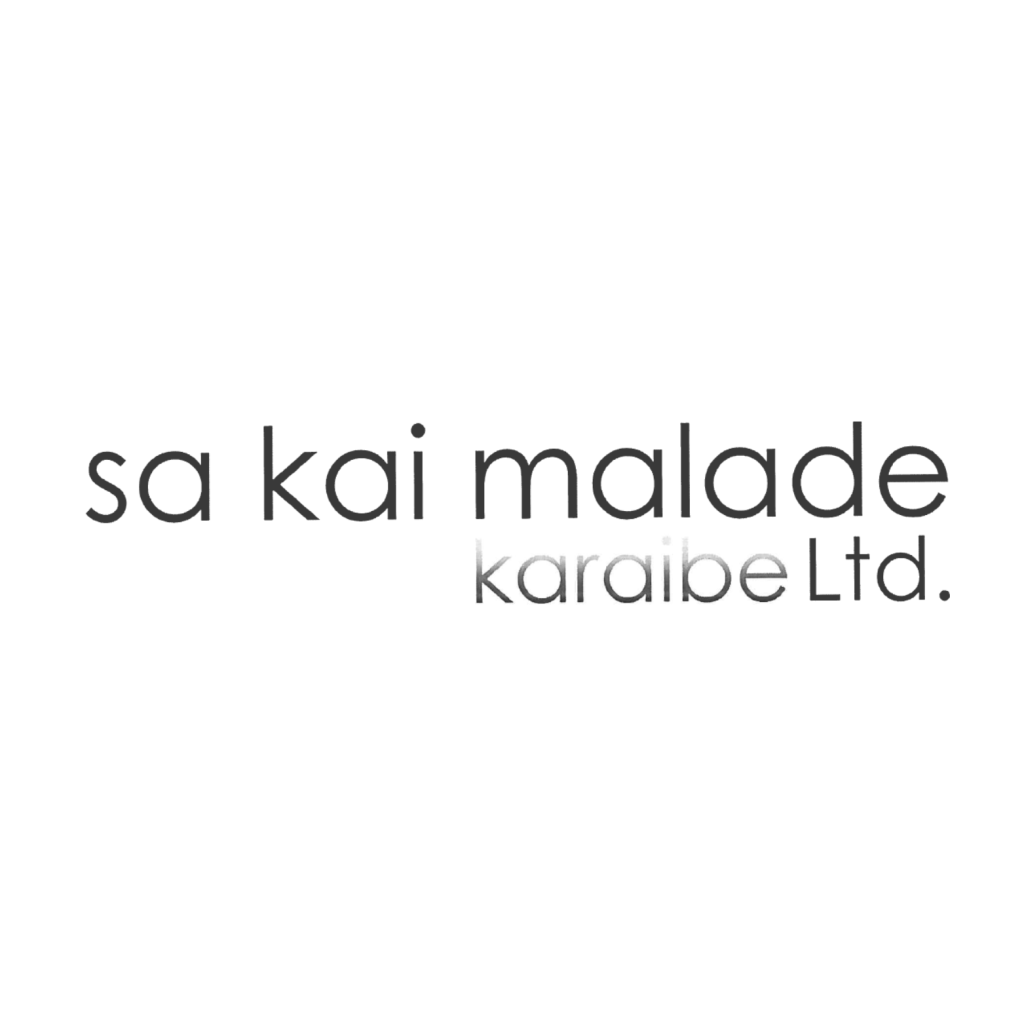
























You must be logged in to post a comment.